Vegetable Container Gardening - How Successful can it be?
maryalappat
11 years ago
Related Stories
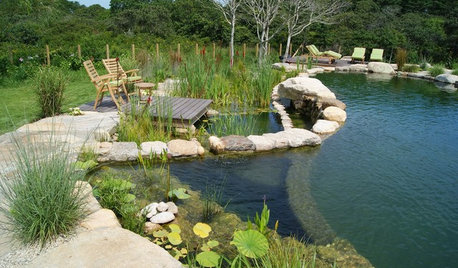
LANDSCAPE DESIGNSecrets of a Successful Water Garden
Relax. Having a water garden is much easier once you understand the basics
Full Story
EDIBLE GARDENS8 Surefire Vegetables and Herbs for Beginning Gardeners
Learn the edible plants that are popular and easy to grow in a backyard or container garden
Full Story
FARM YOUR YARDHow to Grow Vegetables in Containers
Get glorious vegetables and fruits on your patio with a pro’s guidance — including his personal recipe for potting mix
Full Story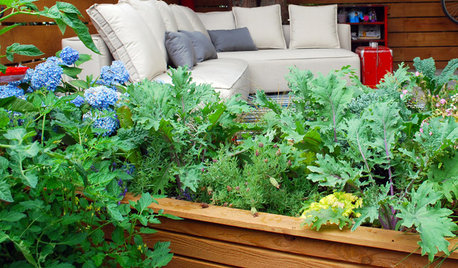
GARDENING GUIDESStep Right Outside for Fresh Herbs and Vegetables
Decks and patios can be convenient spots for edibles, and sometimes they even offer advantages over backyard gardens
Full Story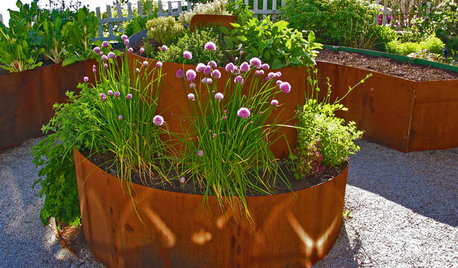
URBAN GARDENSContainers Make Growing Edibles a Cinch
If life hands you a lack of land, grow lemons — with a few basics, you can proudly reap the fruits, veggies and herbs of your labor
Full Story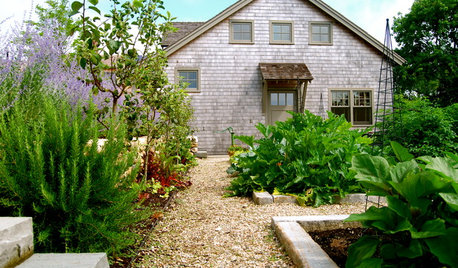
GARDENING GUIDESThe Simple Secret to Gardening Success
Learn the kinds of soil and a DIY type test to make sure you’re putting the right plant in the right place
Full Story
MOST POPULARHow to Start a Cool-Season Vegetable Garden
Late summer and late winter are good times to plan and plant cool-season crops like salad greens, spinach, beets, carrots and peas
Full Story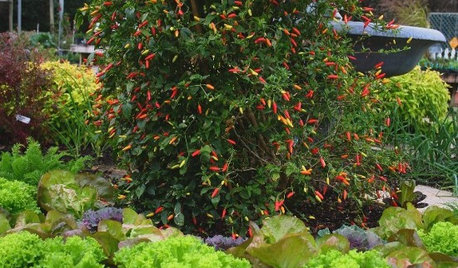
EDIBLE GARDENS6 Summer Edibles That Can Really Take the Heat
When garden temperatures soar, these herbs and vegetables rise to the challenge
Full Story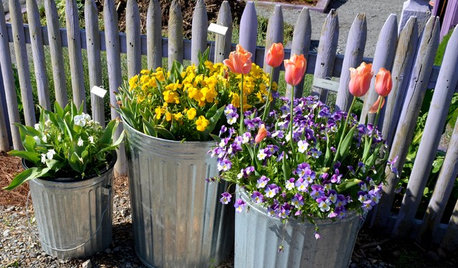
EDIBLE GARDENSSee How a Practical Garden Can Be a Visual Treat, Too
A university edible garden overflows with ideas for growing produce and flowers in containers, beds — or a pickup truck
Full Story
GARDENING GUIDESYes, You Can Grow Food in a Shady Yard
Your shady garden doesn’t have to be forever barren. Berries, herbs and other shade-loving plants can produce a delicious bounty
Full Story







BigN_187
bomber095
Related Professionals
Grand Haven Landscape Architects & Landscape Designers · Kenmore Landscape Architects & Landscape Designers · Otsego Landscape Architects & Landscape Designers · Allentown Landscape Contractors · Frisco Landscape Contractors · Fuquay-Varina Landscape Contractors · Huntley Landscape Contractors · Metairie Landscape Contractors · Middle River Landscape Contractors · Mission Viejo Landscape Contractors · Irvington Landscape Contractors · Four Corners Landscape Contractors · New Carrollton Landscape Contractors · Ashburn Driveway Installation & Maintenance · New River Driveway Installation & MaintenanceBigN_187
NilaJones
sjkly
digdirt2
katkeeper36
maryalappatOriginal Author
soilent_green
digdirt2
NilaJones
zzackey
uncle_t
nancyjane_gardener
emgardener